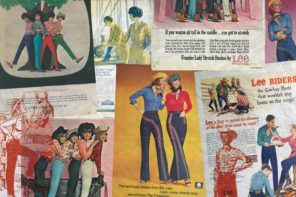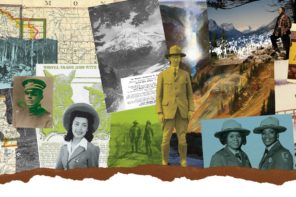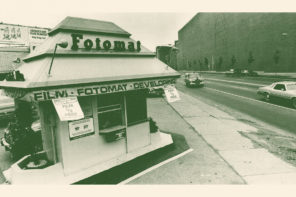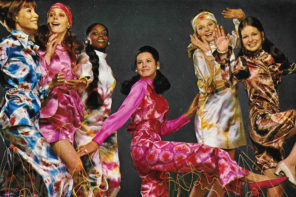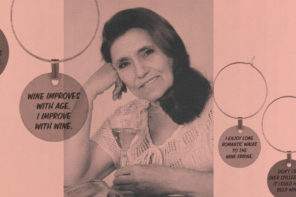Long, Strange Trip
Hemp, the mellow cousin in the cannabis family, has had its highs and lows throughout the history of the United States. The green sticky plant helped build a new country, was banned and has flourished again in recent years. Hemp in America has been everywhere from our forefathers’ backyard gardens to in little tincture bottles to woven into the fabric of the original Levi’s denim. Pretty groovy, man.
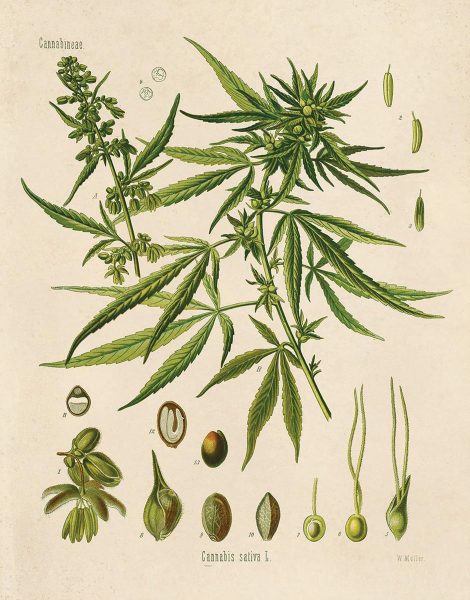
1600–1607
The Early Days Of Hemp Early settlers both brought new strains of hemp seeds with them and found hemp being cultivated by Native Americans (as it was throughout North America). Records from 1605 describe Native American tribes in Cape Cod and Plymouth Bay harvesting hemp for fabric. The settlers of Jamestown also brought hemp seeds to the new world, using it for paper, rope and fabric.
1619
Virginia Assembly passes legislation requiring every farmer to grow hemp.
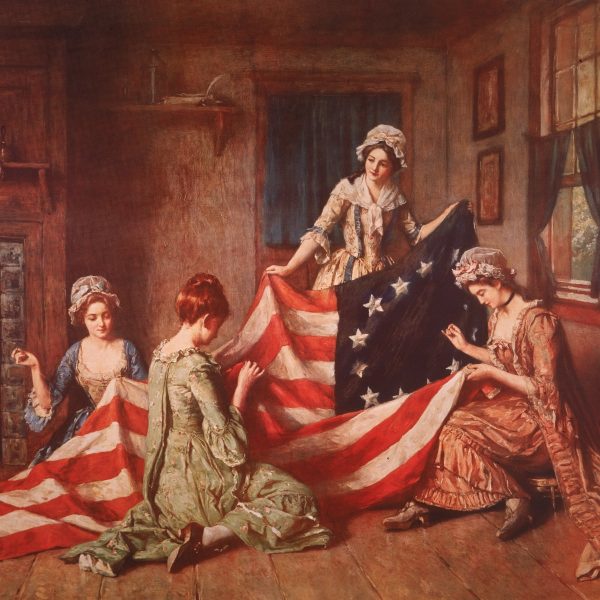
1776
Hemp in the American Revolution (1775–1783) Early versions of Betsy Ross’ flag were made from hemp fabric.
1791
Thomas Jefferson says, “Hemp employs in it’s rudest State more Labor than Tobacco, but being a Material for Manufactures of various Sorts becomes afterwards the Means of Support to Numbers of People hence it is to be preferred in a populous Country.” Spoiler alert. He was right. Hemp played a huge role in fighting the British Crown. It literally helped put wind in the sails of a fancy new American Navy being fashioned into sails and ropes. Thanks for that one hemp.
1841
Congress passes a resolution requiring the US Navy to purchase hemp from American farmers for the production of cordage and sails.
1850
Hemp’s popularity for fabrics begins to decline with the rise of fluffy and less scratchy cotton. The United States census recognized around 8,400 hemp farms producing at least 2,000 acres of the crop. States like Missouri, Illinois, and Kentucky lead the way, producing a majority of American hemp.
1898
Robert Diesel invents an engine that bears his name. The engine was designed to run on diesel fuel including hemp biodiesel. Eat your heart out, Willie Nelson’s tour bus.
1916
USDA finds that hemp produces four times more paper per acre than trees. Scared about the threat posed by industrial hemp, industry leaders DuPont and Hearst lobby against hemp in order to protect their business. They do this by associating hemp with the increased recreational consumption of marijuana.
1937
Inspired by the ensuing fear of “Reefer Madness,” the Marihuana Tax Act is passed. This act criminalizes cannabis throughout the United States. Even though hemp does not have psychoactive effects like marijuana, Federal Bureau of Narcotics agents could not tell the difference between hemp and marijuana, resulting in the collapse of the hemp industry.
1942
After the prohibition of hemp, a majority of America’s hemp was imported from the Philippines. But the Japanese invasion of the Philippine Islands cut off the supply lines, prompting the Department of Defense to produce a film called “Hemp for Victory,” calling on farmers once again to grow hemp for the war effort.
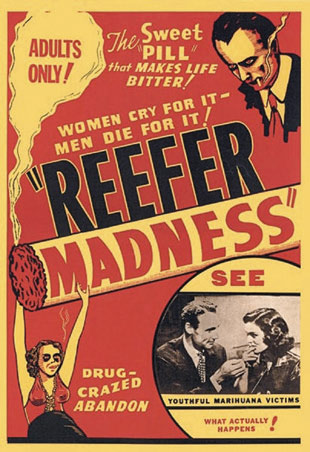
1970
Controlled Substance Act is passed. All forms of cannabis are illegal making hemp a Schedule 1 drug. By law enforcement now not differentiating between hemp and marijuana, hemp becomes as illegal as cocaine and heroin.

2007
First US industrial hemp cultivation licenses in over 50 years are granted to two farmers in North Dakota.
2014
The Farm Bill is signed allowing research institutions such as universities to begin pilot programs for hemp cultivation. This sparks the beginning of the hemp revival across America.
2018
The future is green. Hemp is removed from the controlled substance list. Industrial hemp is now federally legal for the first time in 50 years. New products with hemp begin to be developed such as a concrete alternative, hempcrete, CBD products and auto companies using hemp fabric for their vehicles.
2020
Gwyneth Paltrow sells CBD bath bombs.





